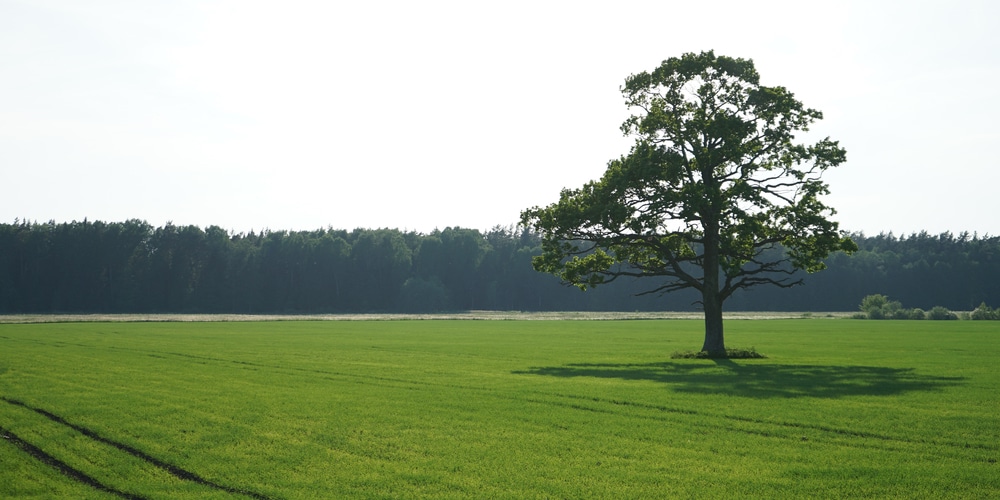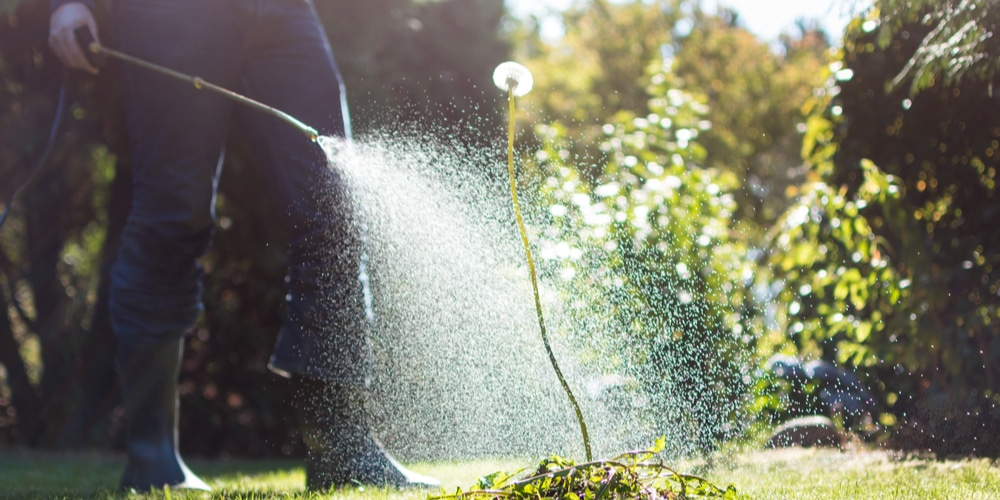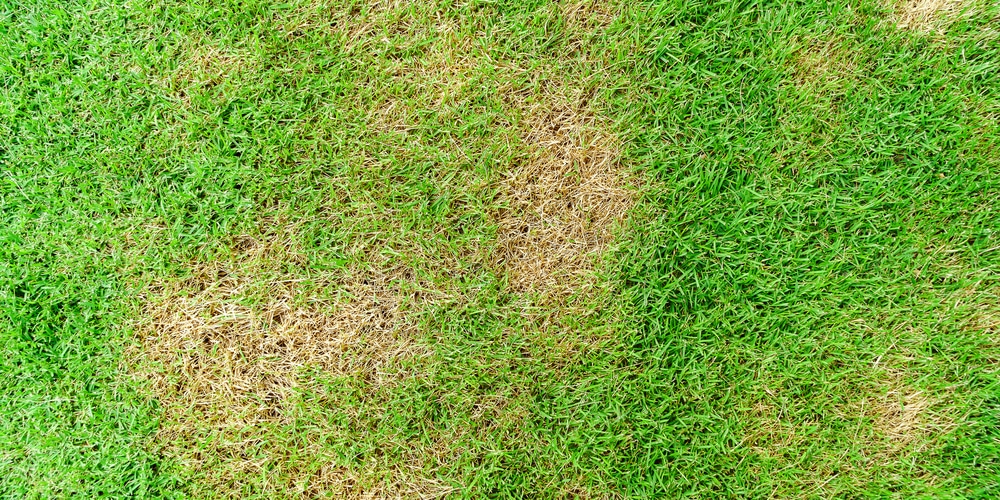As long as you follow the manufacturer’s instructions, using 2,4-D won’t kill your Bermuda lawn. You’ll need to ensure it’s applied at the right times and in the correct ratio, as 2, 4D can kill dormant grass. Let’s look at how to apply 2,4-D to a Bermuda lawn safely.
2,4-D is a very effective broadleaf weed killer that can be used on lawns. While it affects weeds such as dandelions, clover, and chickweed, these types of products have been formulated so as not to kill the grass.
What is 2,4-D Herbicide?

2,4-D is a popular post-emergent herbicide that is very effective for killing weeds in lawns. It can be applied in the early spring when weed seedlings are small and again in the fall when the weather starts to cool down. It’s best to apply 2,4-D to a Bermuda lawn in the spring after the grass has begun to turn green. Don’t spray it on grass that’s still dormant, as this could have a negative effect. You should also check the temperature before applying 2,4-D. It’s recommended that the product is used when the temperature is between 60 and 85℉, for it to be effective. Using 2,4-D in the hot weather can scorch your lawn.
2,4-D works by attacking plants’ cells, which causes them to have reduced absorption of sunlight and nutrients, eventually killing them. It can take between 7 and 14 days for the plants to die completely. 2,4-D doesn’t affect grassy weeds, so if you’re trying to get rid of crabgrass from your lawn or want to kill Bermuda grass, a product such as Atrazine will be more effective.
Always follow the manufacturer’s instructions and use 2,4-D in the correct ratio to avoid negative effects on your lawn. If not diluted correctly, 2,4-D can burn and kill Bermuda grass. In general, between one and four ounces of 2,4-D should be mixed with 1 gallon of water. This will make enough herbicide to be sprayed over a yard of 1,000 square feet. It’s also worth noting that the product is toxic, so you should keep it away from kids and pets and wear protective clothing when spraying your lawn.
When to use 2,4-D?
For best results and to avoid damaging and potentially killing your Bermuda lawn, you should only apply 2,4-D during optimal conditions. Ensure that the grass is either moist or dry. Don’t spray the product on wet grass or if rain is forecast. Also, avoid spraying herbicides on windy days as the wind can carry the spray across your yard and affect other plants.
Signs of Damaged Bermuda Grass Due to 2,4-D
If you overapply 2,4-D or use it incorrectly, in the wrong temperatures, or at the wrong time of year, your Bermuda lawn may suffer. There are a few things you should look out for that would indicate you’ve misused 2,4-D. The main sign is that the grass will turn yellow and eventually go brown and die completely. The grass blades may also feel dry to the touch and look scorched or bleached.
If your Bermuda lawn has the above symptoms, it may recover in time. You can try giving the grass plenty of water to rehydrate it and wash the chemicals deeper into the soil where the grassroots can reach them. It’s also a good idea to apply a fertilizer that’s high in nitrogen. Avoid mowing your lawn until it looks like it’s recovered.
Re Seeding and Mowing a Bermuda Lawn After Using 2,4-D
After applying 2,4-D, it’s best to wait two or three days for the product to take effect before mowing your lawn. You should also wait about two weeks to reseed your Bermuda lawn. While Bermuda grass seeds won’t be harmed by 2,4-D, it’s worth waiting for the product to be washed out of the soil, as young grass seedlings are sensitive.
Conclusion
When used correctly, 2,4-D is a very effective herbicide that will get rid of broadleaf weeds. It’s best applied in the early spring when the grass has started to green, and the weeds are still young. The product won’t kill Bermuda grass as long as your lawns are well established and you’ve followed the manufacturer’s instructions.

